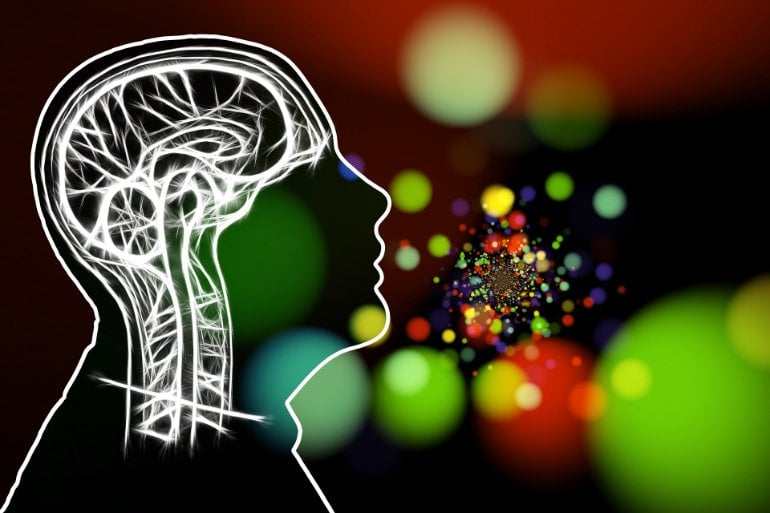Summary: The evolutionary development for both human and primate brains may have been similar for communication and memory.
Source: Newcastle University
Although speech and language are unique to humans, experts have found that the brain’s pathway is similarly wired in monkeys which could signify an evolutionary process dating back at least 25 million years.
In a study, published in the journal Neuron, teams led by Newcastle University and the University of Iowa, compared auditory cortex information from humans and primates and found strong links.
Professor Chris Petkov, from Newcastle University’s Faculty of Medical Sciences, said: “Our language abilities help us to crystallise memories and make them vivid, such as ‘the singer sounded like a nightingale’.
“Therefore, it’s often thought that the human language and memory brain systems went through a substantial transformation during our recent evolutionary history, distinguishing us from every other living animal.
“We were astounded to see such striking similarity with other primates, and this discovery has substantial importance for science and neurological disorders.”
Stimulating auditory cortex
Scientists used information from neurosurgery patients being monitored for treatment. With humans, stimulation of a specific part of the brain can be visualized if brain imaging is used at the same time.
The experts also compared the results from stimulating auditory cortex and visualising areas important for language and memory in monkeys.
The brain stimulation highlighted a previously unseen ancestral brain highway system that is deeply shared by humans and monkeys, one that is likely to have been present in ancestral primates to both species.

The finding is important because brain stimulation is a common treatment for neurological and psychiatric disorders. However, how brain stimulation works is not well understood and requires work that cannot be conducted with humans. Work with non-human primates has paved the way for current brain treatments, including Parkinson’s disease.
Inspiring new research
The study has generated unique new brain scanning information that can now be globally shared to inspire further discovery by the international scientific community.
Professor Matthew Howard III, chief neurosurgeon at the University of Iowa Carver Medical Center, USA, co-author of the study, said: “This discovery has tremendous potential for understanding how brain stimulation could help patients, which requires studies with animal models not possible to conduct with humans.”
Professor Tim Griffiths, consultant neurologist at Newcastle University, also co-author of the study, added: “This discovery has already inspired new research underway with neurology and neurosurgery patients.”
About this evolutionary neuroscience research
Source: Newcastle University
Contact: Press Office – Newcastle University
Image: The image is in the public domain
Original Research: Open access.
“Common fronto-temporal effective connectivity in humans and monkeys” by Francesca Rocchi et al. Neuron
Abstract
Common fronto-temporal effective connectivity in humans and monkeys
Highlights
- •Privileged human auditory to ventral prefrontal connectivity, paralleled in monkeys
- •Common auditory to parahippocampal effective connectivity in both species
- •Stronger lateralization of connectivity effects in humans than in monkeys
- •Human fronto-temporal network rooted in conserved organizational principle
Summary
Human brain pathways supporting language and declarative memory are thought to have differentiated substantially during evolution. However, cross-species comparisons are missing on site-specific effective connectivity between regions important for cognition. We harnessed functional imaging to visualize the effects of direct electrical brain stimulation in macaque monkeys and human neurosurgery patients. We discovered comparable effective connectivity between caudal auditory cortex and both ventro-lateral prefrontal cortex (VLPFC, including area 44) and parahippocampal cortex in both species. Human-specific differences were clearest in the form of stronger hemispheric lateralization effects. In humans, electrical tractography revealed remarkably rapid evoked potentials in VLPFC following auditory cortex stimulation and speech sounds drove VLPFC, consistent with prior evidence in monkeys of direct auditory cortex projections to homologous vocalization-responsive regions. The results identify a common effective connectivity signature in human and nonhuman primates, which from auditory cortex appears equally direct to VLPFC and indirect to the hippocampus.







